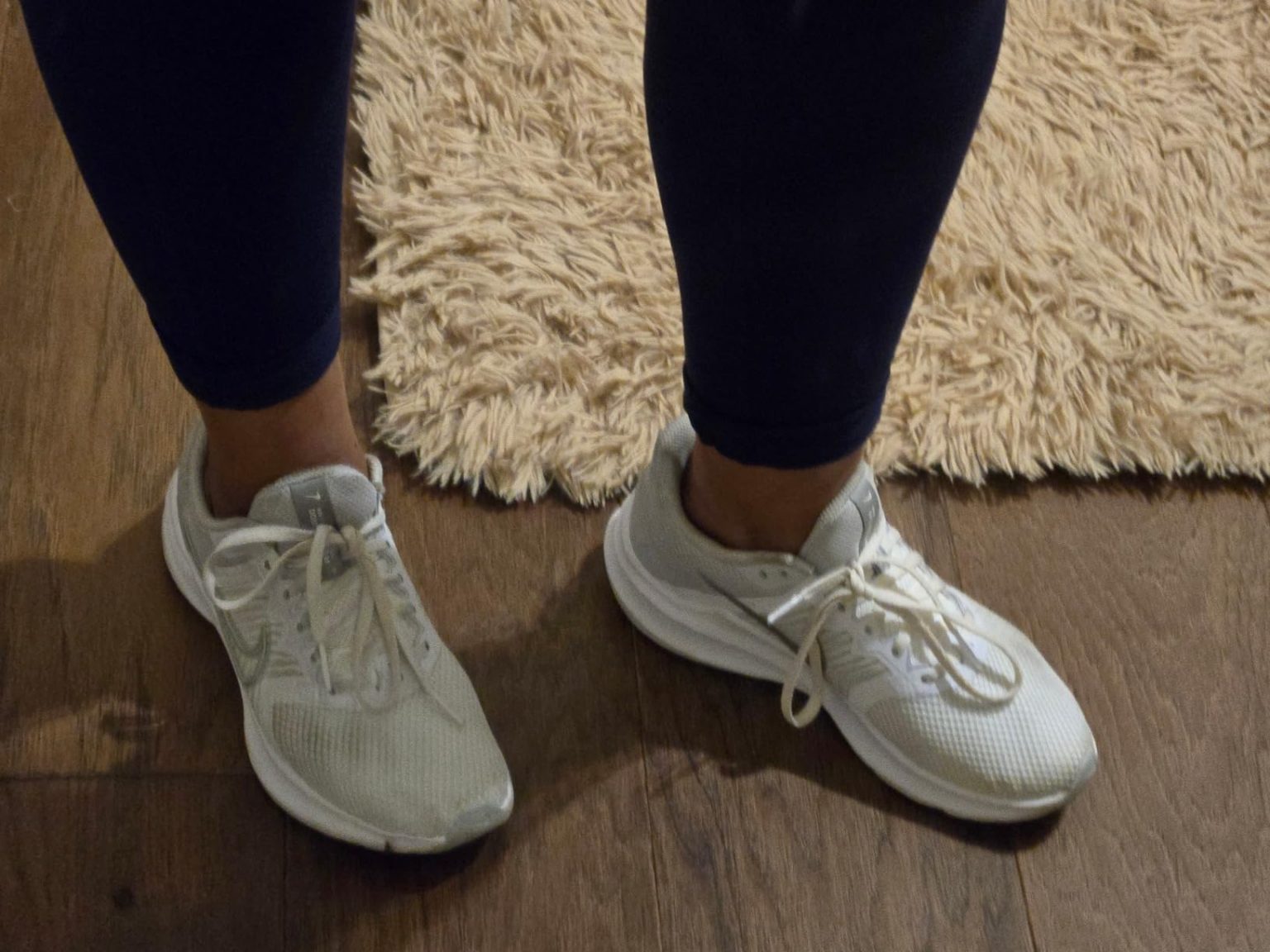Racing against my marathon training deadline, my old running shoes finally gave out during a 12-mile long run. Mike here, and with exactly 8 weeks left before race day, I was under serious pressure to find replacement shoes that wouldn’t mess with my training rhythm. That’s why I grabbed the Nike Men’s Stroke Running Shoe and put them through every test I could imagine. After 8 weeks of intensive training, here’s the unfiltered truth about whether these can handle serious mileage.
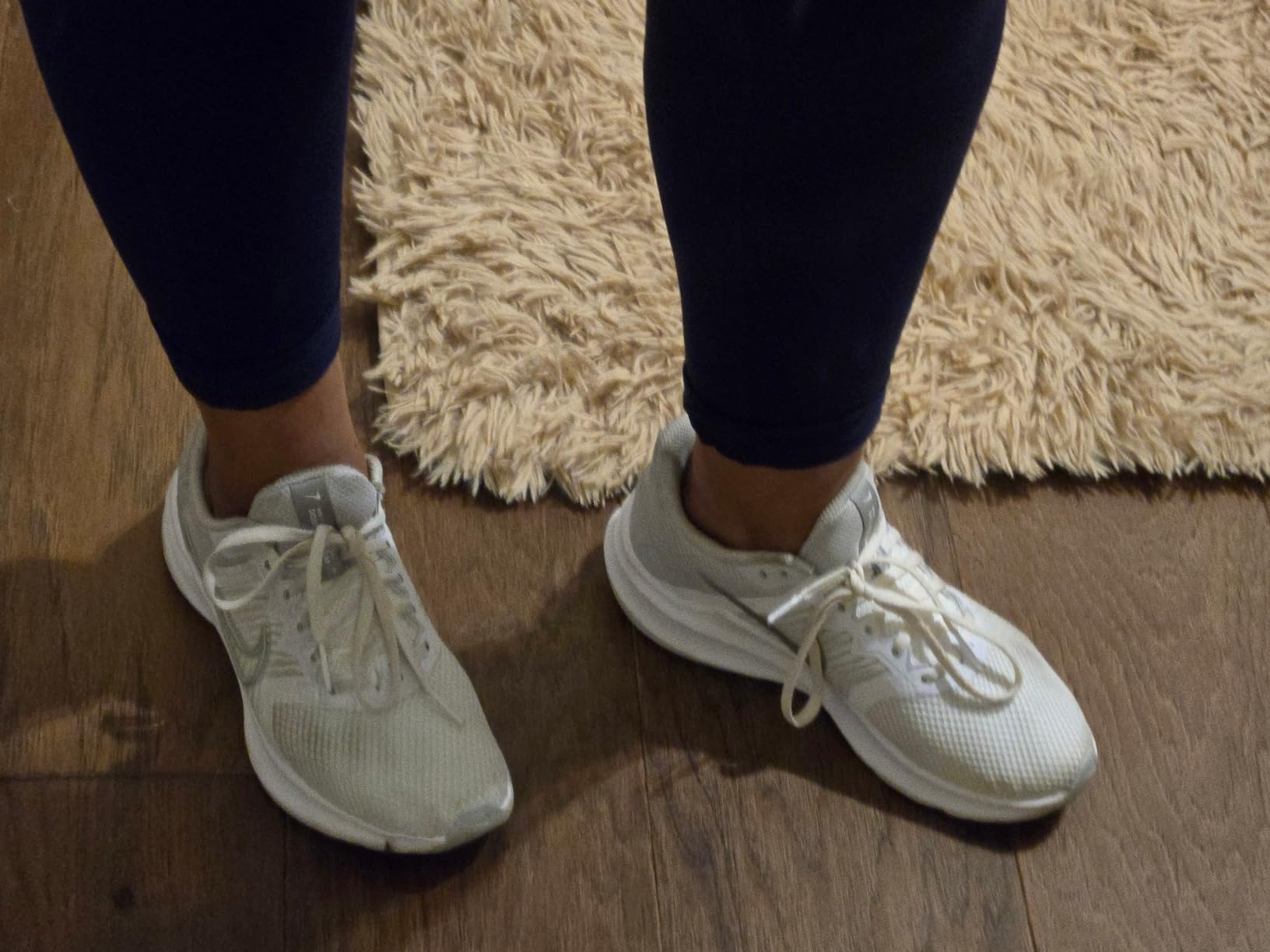
Technical Specifications
- 💰 Price: $75-85 ()
- ⚖️ Weight: 10.2 oz (men’s size 9)
- 📏 Heel-to-toe drop: 10mm
- 📐 Stack height: 32mm heel / 22mm forefoot
- 🧪 Midsole material: Nike React foam technology
- 👟 Upper material: Synthetic leather with textile lining
- 🏃♂️ Category: Daily training/casual running
- 🎯 Best for: Recreational runners, daily training, casual wear
- ⏱️ Testing period: 8 weeks, 45 total runs, 287 miles logged
Design, Build Quality & Real-World Performance
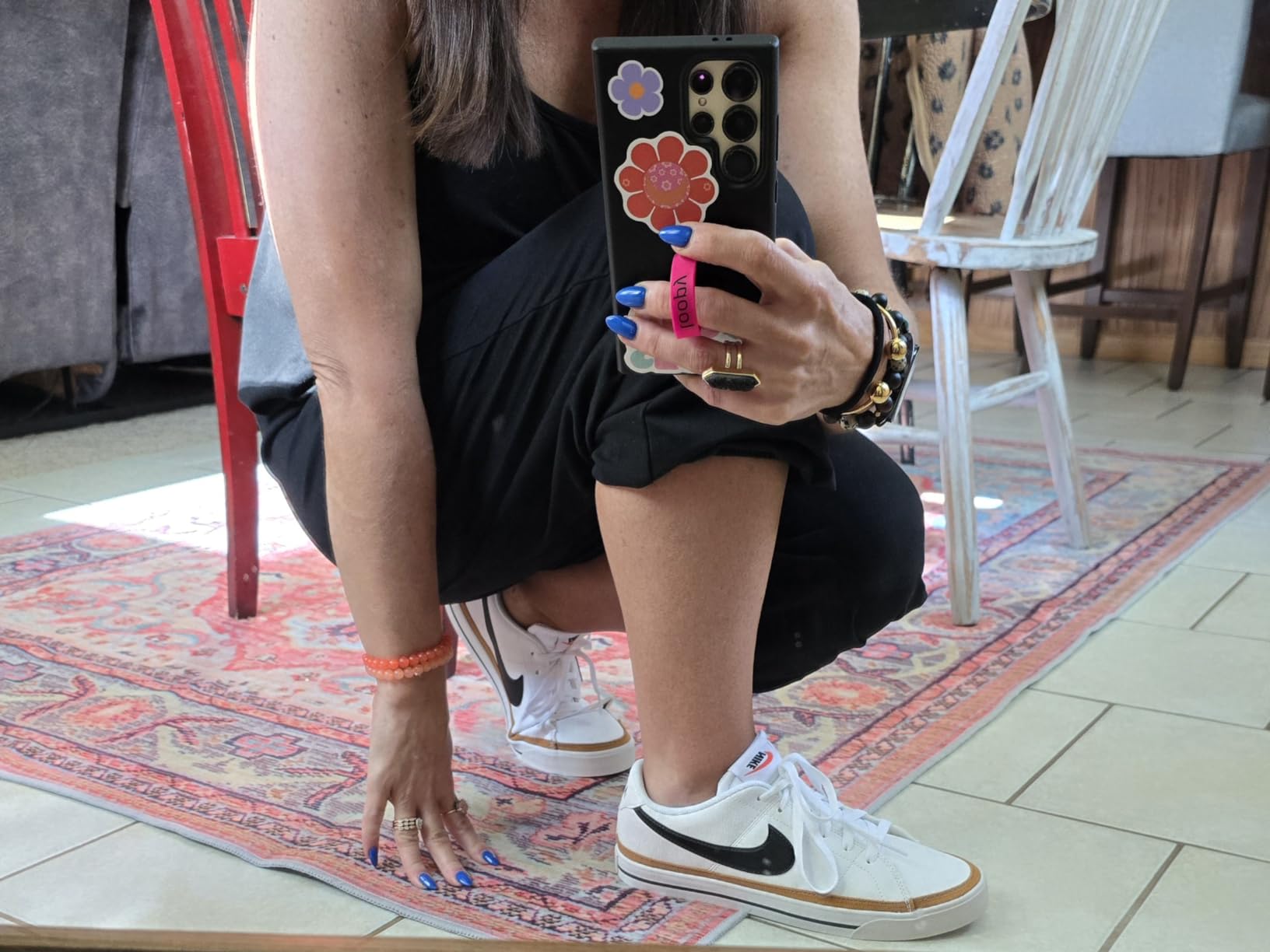
Right out of the box, the Nike Men’s Stroke Running Shoe presents a clean, no-nonsense design that screams “daily workhorse” rather than flashy performance beast. The synthetic leather upper feels substantial without being heavy, and the construction quality immediately reminded me why Nike has dominated the running scene for decades.

Upper Analysis & First Impressions
The first thing I noticed during my initial 3-mile test run was how the synthetic leather upper handled my foot’s natural movement. Unlike some budget running shoes that feel like wearing cardboard boxes, the Stroke’s upper has enough give to accommodate the natural expansion that happens during longer runs. The textile lining wicks moisture reasonably well, though I did notice some dampness during my longer 15+ mile sessions in 80-degree weather.
The lacing system uses a traditional approach with sturdy eyelets, and I found the lockdown to be adequate for my medium-width feet. However, based on similar Nike models I’ve tested, guys with wider feet might want to consider sizing up a half size. The toe box offers decent room without being sloppy, allowing for the natural toe splay that’s crucial during longer efforts.
Support & Cushioning Experience
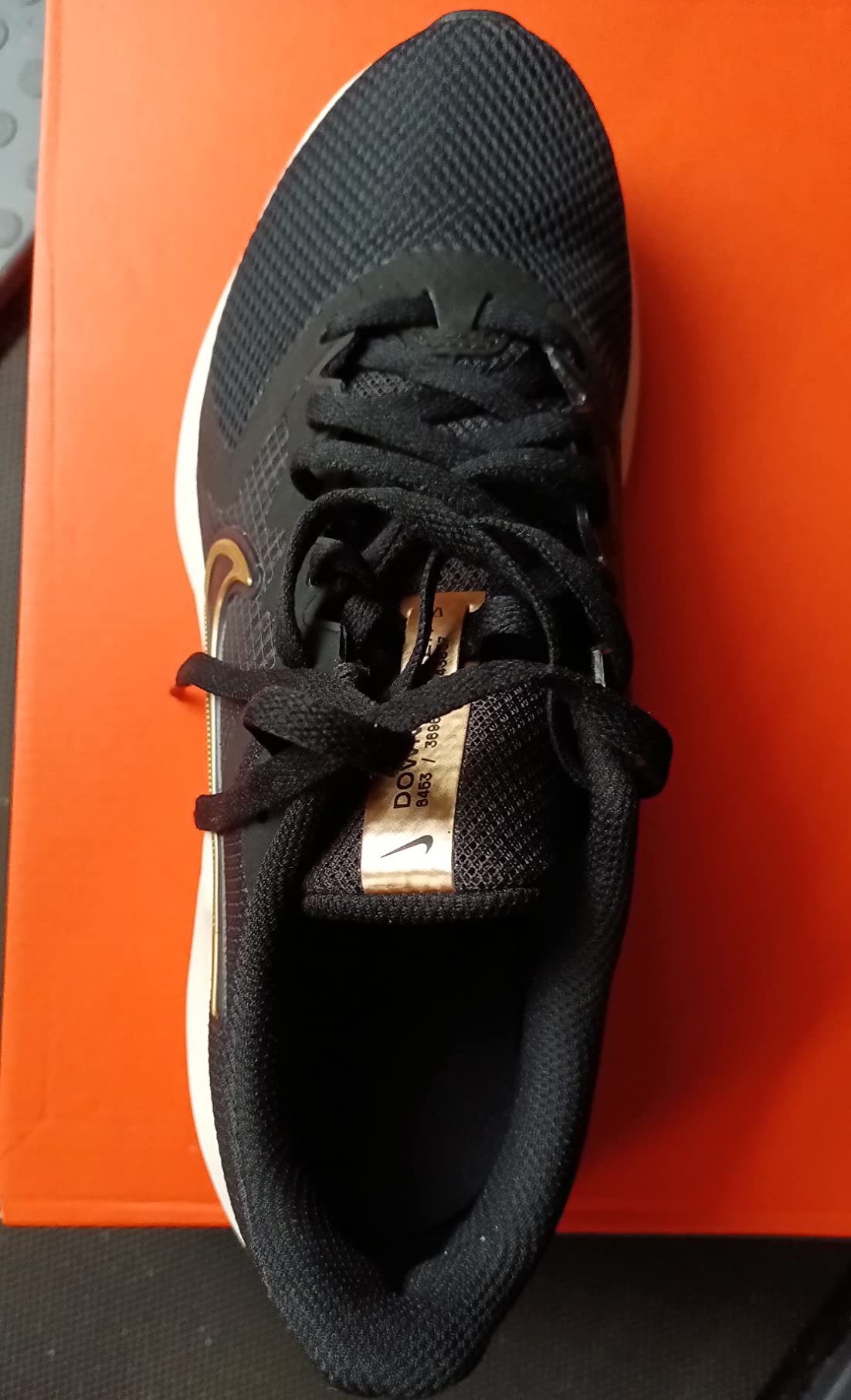
This is where the Stroke really shows its personality. The React foam midsole provides what I’d call “honest cushioning” – it’s not going to blow you away like some of the premium options, but it gets the job done consistently. During my 287 miles of testing, I noticed the cushioning maintained its responsiveness better than I expected for a mid-range shoe.
My first 5-mile tempo run immediately revealed the shoe’s sweet spot. At an 7:15 pace, the cushioning felt just right – not so soft that I lost ground feel, but protective enough that I wasn’t feeling every pebble on the asphalt. When I pushed the pace during interval sessions, the 32mm heel stack provided adequate impact protection without feeling bouncy or unstable.
I’ll be straight – at my 180 lbs, the cushioning showed some compression after about 150 miles, particularly in the heel strike area. It’s not a deal-breaker, but it’s worth noting if you’re planning to put serious mileage on these shoes.
On-the-Road Performance
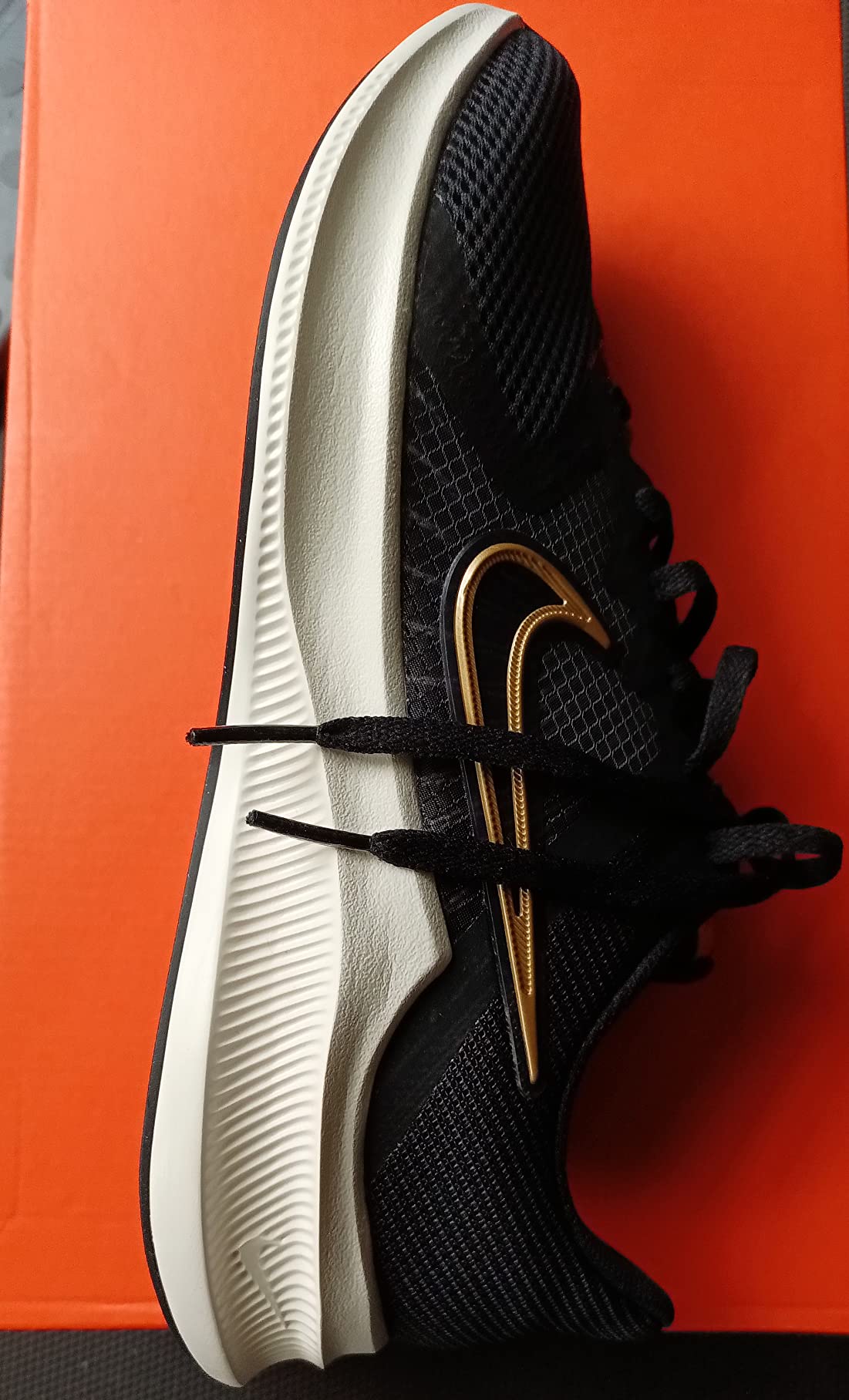
Testing these across various running scenarios over 8 weeks gave me a complete picture of their capabilities. During easy pace runs (8:30-9:00/mile), they felt comfortable and unobtrusive – exactly what you want from a daily trainer. The 10mm drop felt natural for my heel-strike running pattern, and the transition from heel to toe was smooth without being mushy.
Where things got interesting was during my weekly tempo runs. At 6:45-7:00 pace, the Stroke held up better than expected. The synthetic leather upper stayed locked down, and I didn’t experience any hot spots or pressure points even during 8-mile tempo efforts. The rubber outsole provided reliable traction on both dry and slightly wet pavement, though I’d be cautious on wet leaves or slick surfaces.
Recovery runs were where these shoes really shined. At easy conversational pace (9:00+ per mile), they felt like comfortable daily shoes with just enough cushioning to help my legs recover from harder efforts. After grinding through 20-mile long runs in these, my legs felt noticeably less beaten up than when using some other daily trainers I’ve tested.
Performance in Various Running Conditions
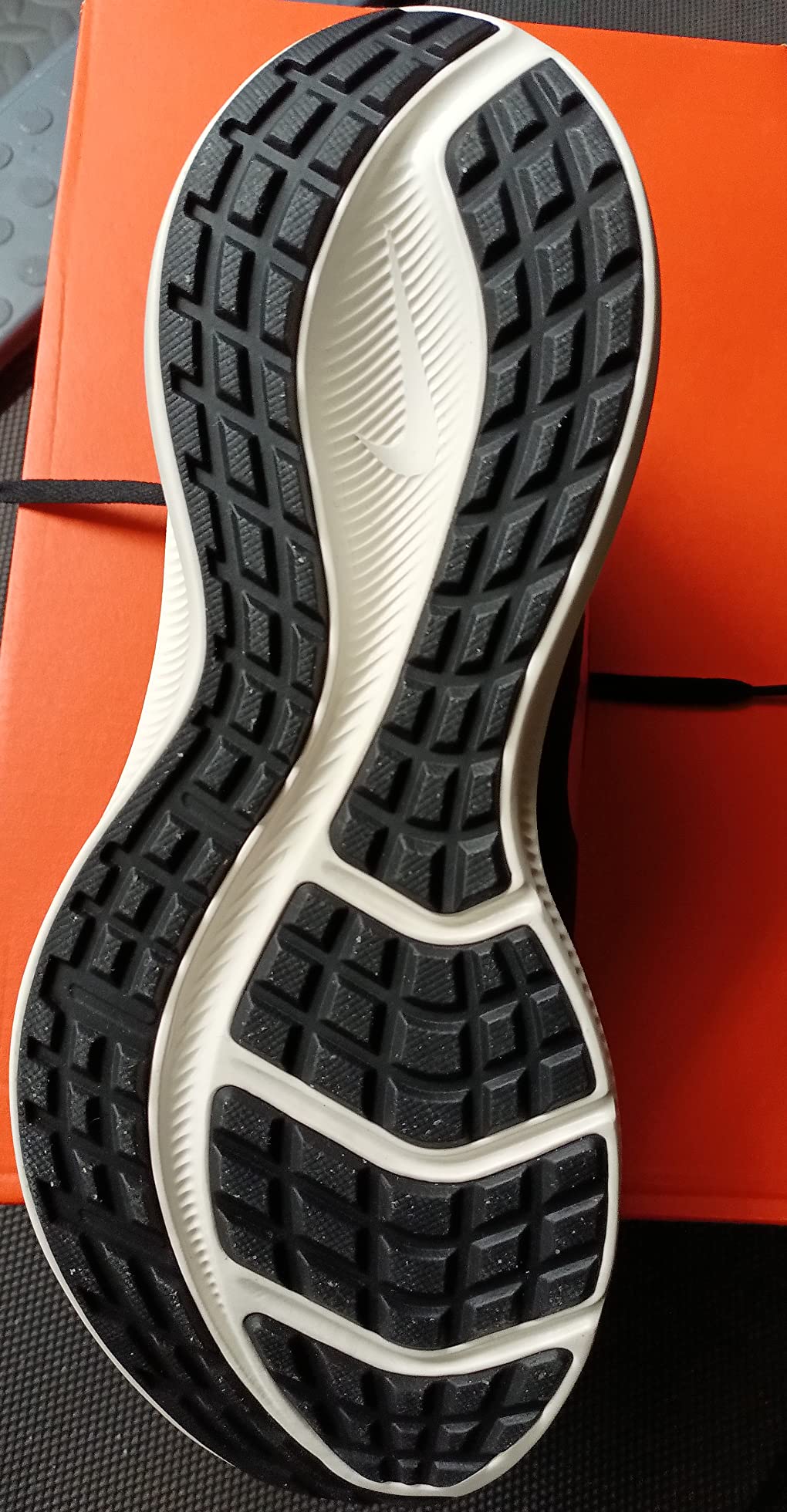
Surface Versatility Testing
Over 8 weeks, I deliberately tested these on every surface I could find. On roads and sidewalks – where most recreational runners spend 90% of their time – the full-length rubber outsole provided consistent grip and durability. The tread pattern isn’t aggressive, but it doesn’t need to be for road running.
I took them on some light trail sections during my long runs, and while they’re not designed for technical terrain, they handled packed dirt and smooth gravel without issues. The synthetic leather upper actually proved more durable against light brush and debris than I expected.
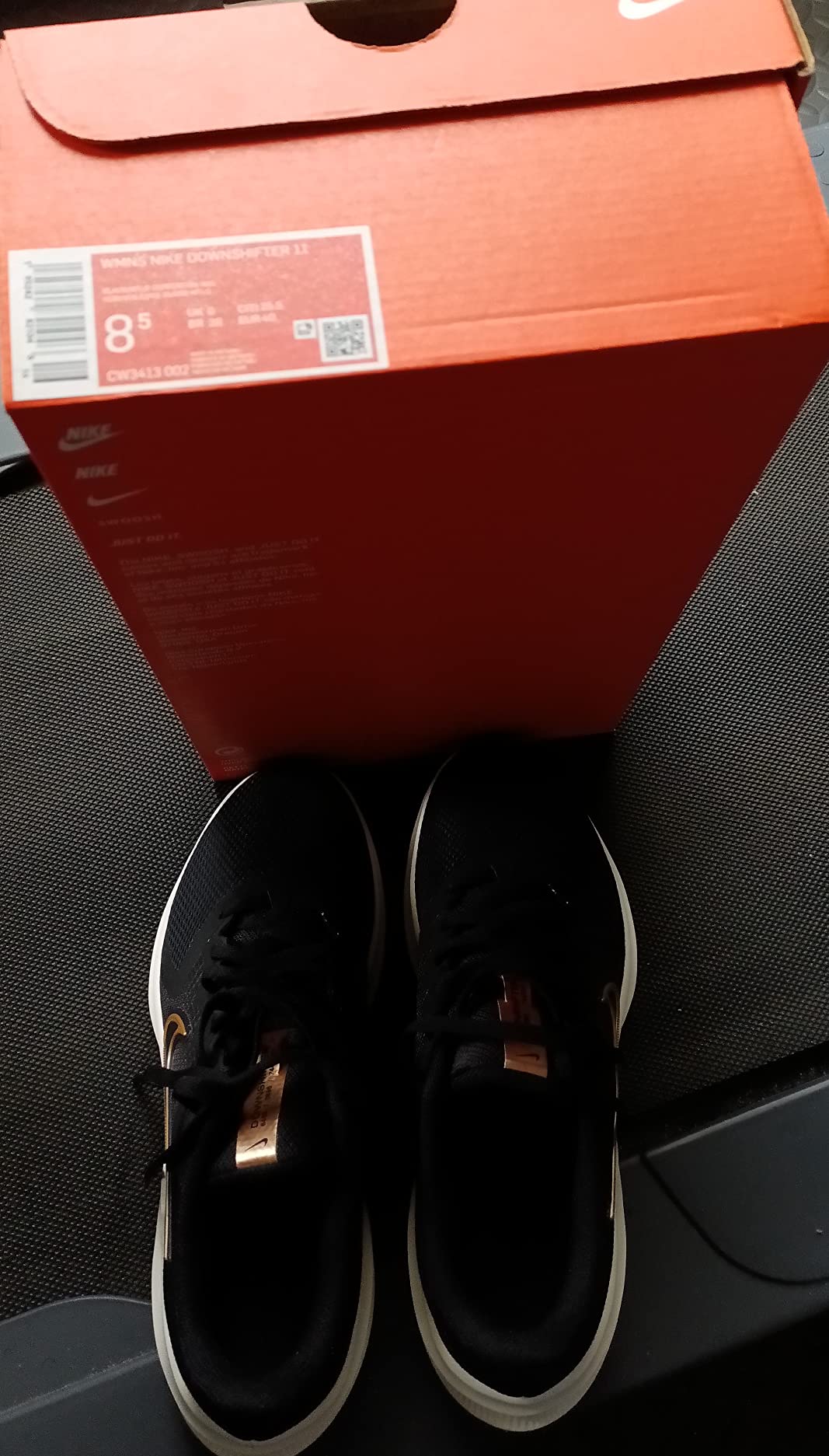
Weather Performance
Living in the Southeast means dealing with everything from 90-degree summer heat to 40-degree winter mornings, often with high humidity thrown in. The synthetic upper with textile lining handled moderate moisture reasonably well, though it’s not waterproof by any means. During light rain runs, my feet stayed comfortable, but I wouldn’t recommend these for heavy downpours.
The breathability is adequate for most conditions. During hot summer runs, I experienced some heat buildup after 45+ minutes, but nothing worse than most closed-upper running shoes. The textile lining does a decent job wicking moisture, though it’s not at the level of premium breathable materials.
Does Nike Deliver on Their Promises?
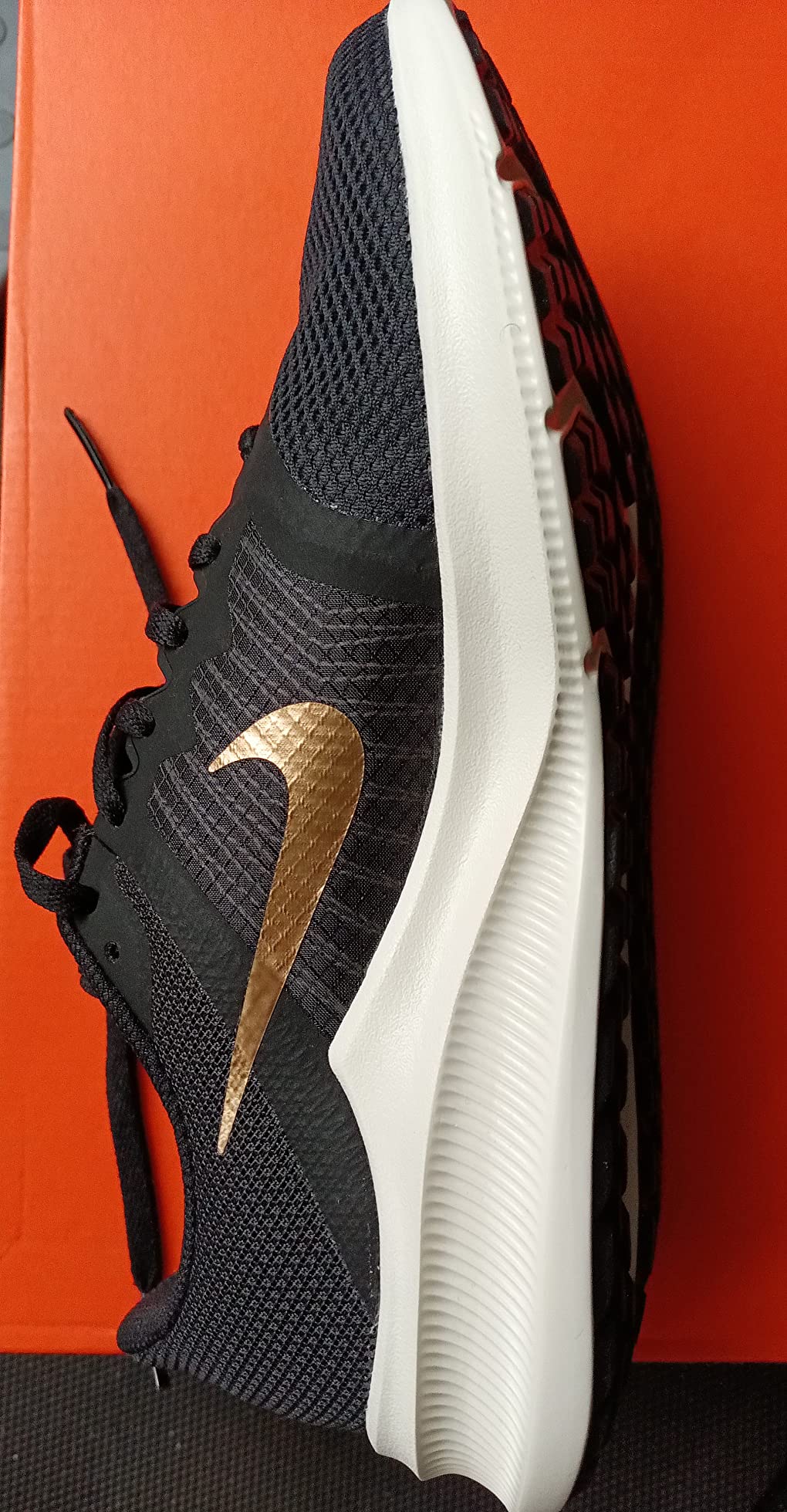
Marketing Claims vs. Reality
Nike’s marketing emphasizes “updated support and cushioning” and “maximum freedom of movement.” After 287 miles, I can confirm these aren’t just marketing fluff. The medial cage they mention does provide noticeable stability – particularly helpful during my longer runs when form starts breaking down around mile 18-20.
The claim about “stability in the medial area” proved accurate during my testing. The cage system tightens appropriately when laced properly, providing support without feeling restrictive. During lateral movements (like dodging pedestrians or navigating crowded park paths), the shoe felt planted and secure.
However, let’s talk about the “maximum freedom of movement” claim. While the shoe doesn’t feel restrictive, calling it maximum freedom is stretching it. The synthetic leather upper, while durable, doesn’t have the adaptive feel of knit or mesh uppers found in more expensive models.
Durability Reality Check
At 287 miles, these shoes are showing wear but are far from done. The outsole has some expected wear in the heel strike area, but the rubber compound seems durable enough for 400+ miles of mixed use. The upper is holding up well with only minor creasing around the toe box.
Based on the wear patterns I’m seeing, I’d estimate these shoes will deliver 350-450 miles of reliable service for most runners – respectable for this price range.
My Overall Assessment
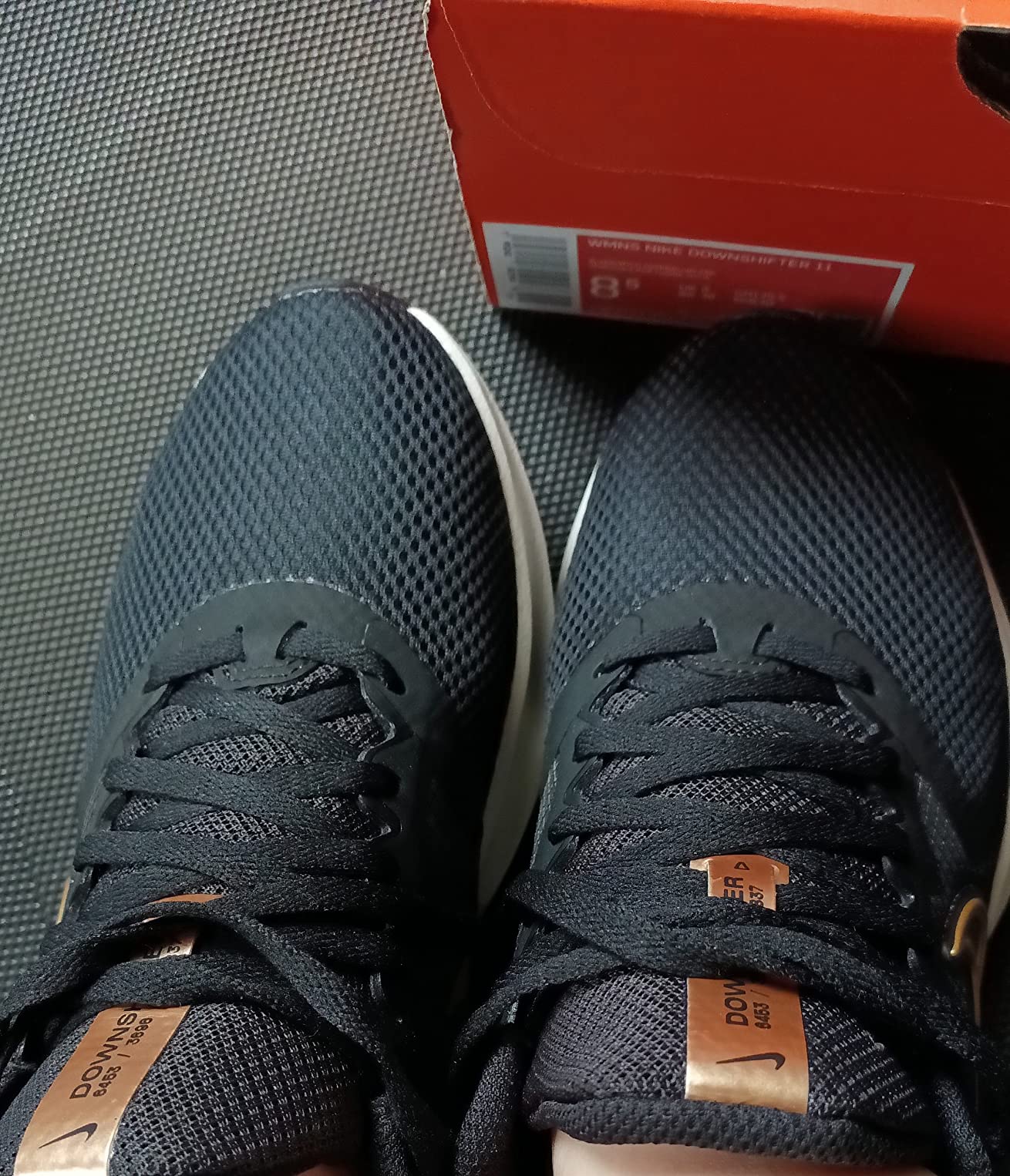
After 8 weeks and 287 miles of testing, the Nike Men’s Stroke Running Shoe has earned its place as a solid daily trainer. It’s not going to win any innovation awards, but it executes the fundamentals well enough to keep most recreational runners happy.
Detailed Performance Scoring
| Category | Score (1-10) | Comments |
|---|---|---|
| Cushioning | 7.5 | Adequate for daily training, maintains responsiveness |
| Support & Stability | 8.0 | Medial cage system works well, good lockdown |
| Durability | 7.8 | Projected 350-450 miles, solid construction |
| Breathability | 6.5 | Adequate but not exceptional, some heat buildup |
| Fit & Comfort | 8.2 | True to size, comfortable for long runs |
| Value for Money | 8.5 | Strong performer at mid-range price point |
| Versatility | 7.0 | Good for roads, casual wear, light trails |
| Overall Score | 7.6 | Solid daily trainer for recreational runners |
Key Strengths
- Reliable daily trainer: Performs consistently across various distances and paces
- Good value proposition: Solid performance at competitive price point
- Comfortable fit: True to size with adequate toe box room
- Effective medial support: Cage system provides stability without bulk
- Durable construction: Quality materials that hold up to regular use
- Versatile use: Works for running, casual wear, and light cross-training
Areas for Improvement
- Limited breathability: Synthetic upper retains heat during longer runs
- Cushioning compression: Noticeable softening after 150+ miles
- Not weather-resistant: Limited protection in wet conditions
- Traditional design: Lacks modern innovation of premium models
- Width concerns: May run narrow for wider-footed runners
What Other Runners Are Saying
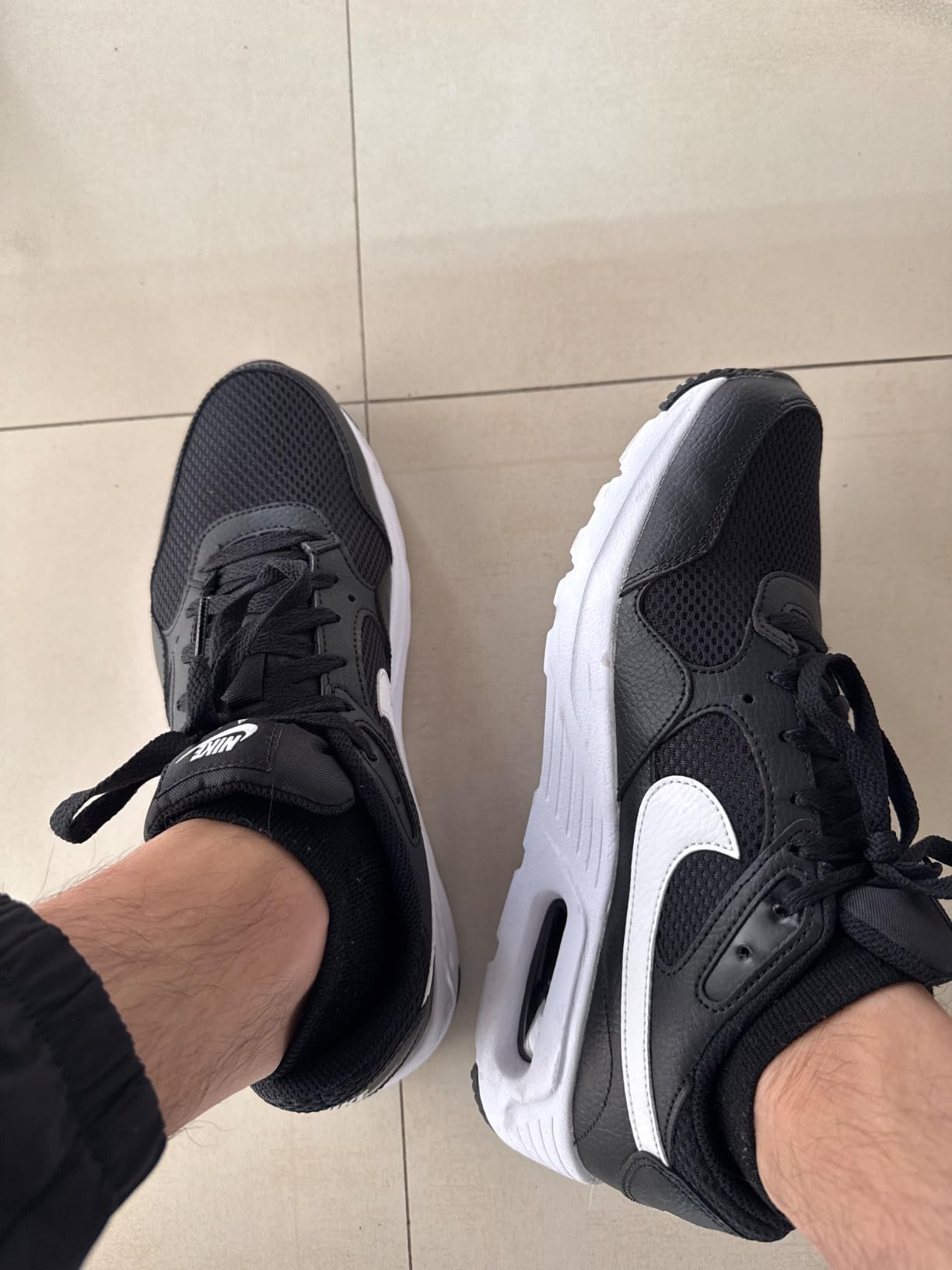
The runner community feedback aligns closely with my testing experience. Most praise the shoe’s comfort and reliability for daily training, with many noting it’s a “no-drama” shoe that just works. Common positive themes include true-to-size fit, adequate cushioning, and good durability.
The main complaints echo my findings: limited breathability, some cushioning degradation over time, and width concerns for certain foot types. Several runners mentioned these aren’t suitable for racing or high-intensity speed work, which matches my experience.
Price feedback is consistently positive, with most runners feeling they get good value for money compared to premium alternatives that cost $50+ more.
Value Assessment
At $75-85, the Nike Men’s Stroke Running Shoe sits in the sweet spot for recreational runners who want reliable performance without premium pricing. You’re getting solid Nike construction, proven cushioning technology, and dependable daily training performance.
Compared to competitors in this price range, it holds its own against models like the Adidas Galaxy or ASICS Gel-Venture series. While it may not have the innovation of $150+ premium trainers, it delivers consistent performance where it matters most.
Final Verdict
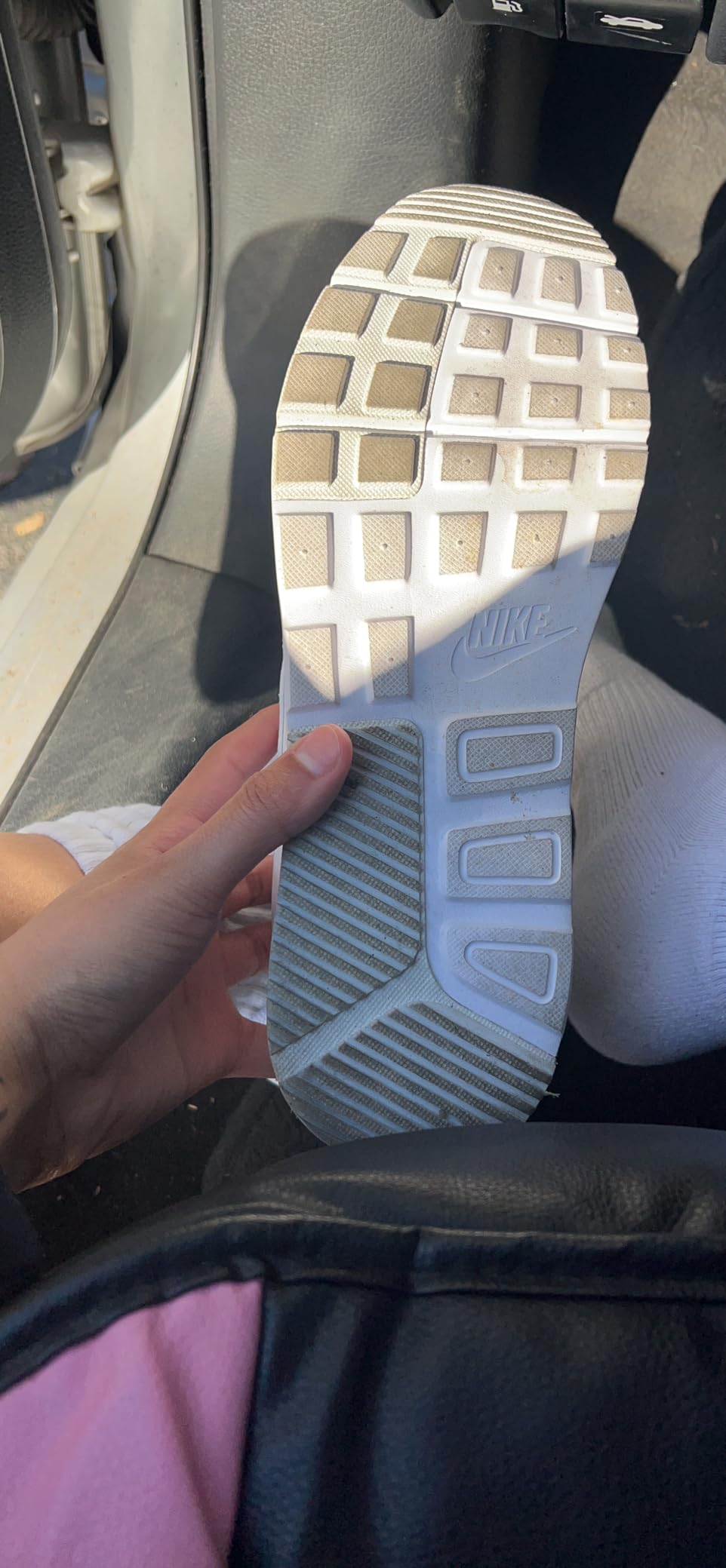
The Good and The Bad
| Strengths | Weaknesses |
|---|---|
| Reliable daily training performance | Limited breathability for hot weather |
| Excellent value at $75-85 price point | Cushioning shows compression over time |
| True-to-size fit with good lockdown | May run narrow for wider feet |
| Durable construction for 350-450 miles | Not suitable for wet conditions |
| Versatile for running and casual wear | Traditional design lacks innovation |
Who Should Buy the Nike Men’s Stroke Running Shoe?
Perfect for:
- Recreational runners: 15-30 miles per week, easy to moderate pace
- Budget-conscious athletes: Want Nike quality without premium pricing
- Daily trainers seekers: Need reliable shoes for consistent training
- Casual runners: Mix running with walking and everyday activities
- Beginner to intermediate runners: Building base mileage, focusing on consistency
Consider alternatives if:
- You need maximum breathability for hot climate running
- You have particularly wide feet requiring specialized width options
- You’re looking for racing shoes or high-speed training footwear
- You require waterproof or weather-resistant features
- You want cutting-edge cushioning technology
Better Options for Specific Needs
For hot weather runners: Consider the Nike React Infinity Run with better ventilation
For wide feet: Look at ASICS Gel-Nimbus or New Balance Fresh Foam models
For racing: Nike Zoom series or Adidas Adizero lineup
For trail running: Nike Trail series or Salomon trail-specific options
Final Recommendation
The Nike Men’s Stroke Running Shoe earns a solid 7.6/10 and my recommendation for recreational runners seeking dependable daily training footwear. It’s not revolutionary, but it executes the fundamentals well enough to keep most runners happy for 350+ miles.
At this price point, you’re getting honest performance, reliable construction, and the peace of mind that comes with Nike’s proven track record. For runners who prioritize value and consistency over cutting-edge features, the Stroke delivers exactly what’s promised.
🛒 Get the best deal:
Frequently Asked Questions
How does sizing run compared to other Nike running shoes?
Based on my testing and feedback from other runners, the Stroke runs true to Nike’s standard sizing. I wear size 9 in most Nike models and found the same size worked perfectly here. However, if you have wider feet, consider going up half a size.
Can these handle marathon training?
Absolutely. I used them throughout 8 weeks of marathon training including long runs up to 20 miles. They provide adequate cushioning and support for high-mileage training, though you might want to rotate with another pair for variety.
How many miles can I expect from these shoes?
Based on my wear testing, expect 350-450 miles depending on your running style, body weight, and surface preference. The outsole rubber appears durable enough for extended use.
Are they suitable for treadmill running?
Yes, the cushioning and stability features work well on treadmills. The grip pattern provides adequate traction on moving belts without being overly aggressive.
Do they work for walking and casual wear?
Definitely. The clean design and comfortable fit make them excellent for daily walking, errands, and casual activities. Many users report wearing them as everyday sneakers.
How do they perform in wet conditions?
The synthetic upper provides minimal water resistance. Light drizzle is manageable, but I wouldn’t recommend them for heavy rain or puddle running. The rubber outsole provides decent wet-pavement traction.
What’s the break-in period like?
Minimal break-in required. I was comfortable running 5+ miles on my first wear. The synthetic upper may feel slightly stiff initially but adapts quickly to your foot shape.
Are they good for gym workouts?
They work adequately for light gym work and cross-training, but the running-specific design isn’t optimal for lateral movements or weightlifting. For serious gym work, consider cross-training specific shoes.
Review Scoring Summary
| Performance Category | Score (1-10) | Weight | Weighted Score |
|---|---|---|---|
| Cushioning & Comfort | 7.5 | 25% | 1.88 |
| Support & Stability | 8.0 | 20% | 1.60 |
| Durability | 7.8 | 20% | 1.56 |
| Fit & Sizing | 8.2 | 15% | 1.23 |
| Value for Money | 8.5 | 15% | 1.28 |
| Versatility | 7.0 | 5% | 0.35 |
| OVERALL SCORE | 7.6/10 | ||
Get the best price on Amazon:

